Very good condition, no missing parts or accidents.
Circa 1830/40
Total height 84 cm.
Mercury is the most famous statue by Giovanni di Bologna. At least four versions are known, preserved in Florence, Vienna, Dresden and Paris. Originally, it was commissioned by Pope Pius IV to decorate the cortile of the University of Bologna: the god Mercury points to the sky to indicate the divine origin of knowledge. This bronze figure is particularly convincing for its dynamic momentum.
A GOD IN FULL FLIGHT
Mercury is the Roman name for the Greek god Hermes, messenger of the gods and protector of travelers and trade. Giovanni di Bologna represents him at the moment he takes flight, propelled by the breath of the wind, the zephyr. He is symbolized by a chubby child's head, placed under the god's left foot. The statue, of medium size, is made of bronze, made using the lost-wax casting technique. Mercury appears as a slender young man, completely naked. He is identified by his attributes: the winged helmet, the wings on his ankles and the staff decorated with two coiled snakes (the caduceus), which he holds in his left hand. His pose is extraordinary because it gives a feeling of unstable balance. In his upward momentum, the body rests only on the tip of his left foot. Mercury raises his left arm and leg. With his right hand, his finger outstretched, he points to the sky. By turning around the statue, we can appreciate the different points of view, all equally spectacular. We know that the statue in the Louvre served as a decorative fountain. Water gushed out from under Mercury's left foot, adding to the feeling of aerial lightness.
The pose of Mercury is taken from a fresco by Raphael in the Villa Farnesina in Rome. Giovanni di Bologna creates an even more intense illusionistic effect by creating a three-dimensional work. This search for pure virtuosity is characteristic of Mannerism, the last artistic movement of the Renaissance. The aim of the artists of this generation is to draw inspiration from ancient models and the great masters of the classical Renaissance by going beyond them. They are said to work "in the manner of". In Florence, in the mid-16th century, the great representatives of Mannerism in sculpture were Benvenuto Cellini and Bartolomeo Ammanati. In the second half of the century, the most famous sculptor was Giovanni di Bologna. These artists shared a taste for the complexity of movement and the sophistication of forms. For them, Michelangelo's art is an absolute reference, particularly in the spiral form that he gives to some of his figures, such as the Rebel Slave in the Louvre. However, they do not borrow from him the sense of tragedy or the power of the bodies. In a concern for originality, they move away from naturalism, stretching the bodies in a sinuous movement of refined grace. This intellectual and subjective art is a response to the period of crisis that Italy is experiencing at that time. The development of the Protestant Reformation from 1517 and the sack of Rome in 1527 are the most significant episodes.
John of Bologna is not Italian. He was born in Douai, in Flanders. He arrived in Italy in 1554, stayed in Rome where he met Michelangelo, then settled in Florence. The latter had left the city for good in 1534. The Fleming became the official sculptor of the Medici, then Grand Dukes of Tuscany. His first major work was a fountain decorated with statues representing Neptune and the Sirens in Piazza San Petronio in Bologna. It was a success. The dynamism and expressiveness of the figures struck his contemporaries. It was at this time that he began to be called Giovanni da Bologna, or Giambologna. Giovanni da Bologna created fountains, equestrian statues, and animal sculptures for the Medici. One of his most curious works is the giant statue representing the Apennines in the form of a stalactite rock, in the garden of the Medici villa in Béret. At the height of his career, he sculpted his masterpiece, The Rape of a Sabine Woman (1581-1582). In a single block of marble, he depicts a group of three intertwined figures: a Roman takes a young Sabine girl in his arms, whom he takes from her elderly father. Their whirling movement is part of an upward dynamic, characteristic of the serpentine figure. This type of composition, whose premises are found in the art of Michelangelo, flourished with Mannerism. The art of Giovanni di Bologna had a great impact thanks to the activity of his workshop. His assistants made small bronzes based on his creations. They were quickly distributed to all the courts of Europe. Mercury inspired in particular a statue by the Frenchman Pierre Biard intended to adorn a tomb, Fame, blowing a trumpet. In 1836, Auguste Dumont remembered Mercury when he created The Genius of Liberty.




























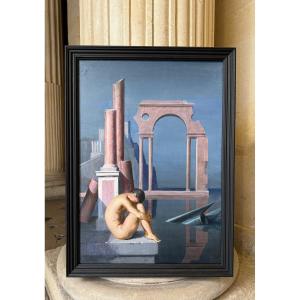



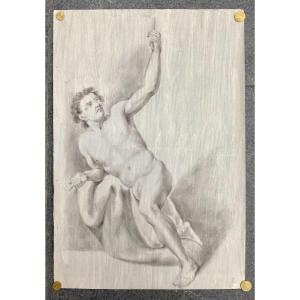
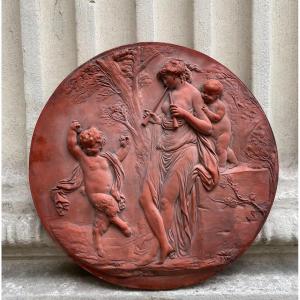





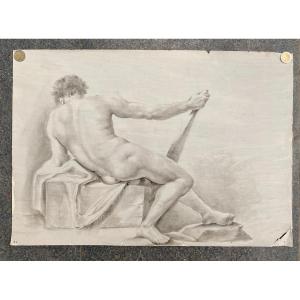

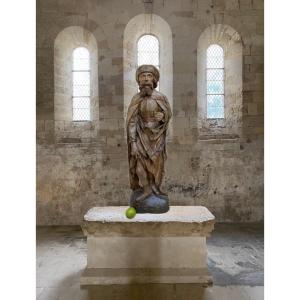
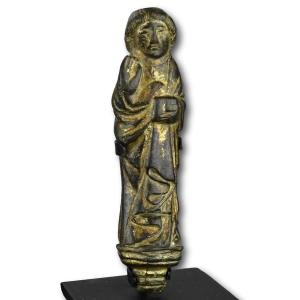
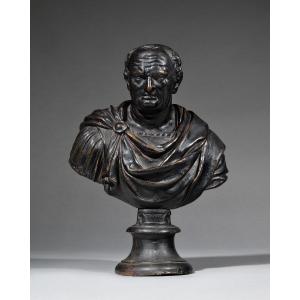






 Le Magazine de PROANTIC
Le Magazine de PROANTIC TRÉSORS Magazine
TRÉSORS Magazine Rivista Artiquariato
Rivista Artiquariato